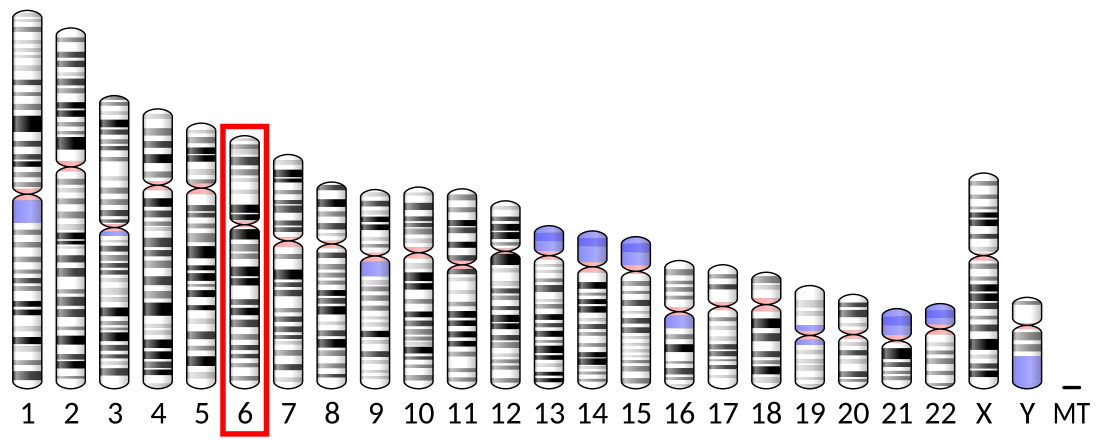Top Qs
Timeline
Chat
Perspective
Delta-like 1
Protein found in humans From Wikipedia, the free encyclopedia
Remove ads
Delta-like protein 1 is a protein that in humans is encoded by the DLL1 gene.[5]
Quick facts DLL1, Available structures ...
Close
Remove ads
Function
DLL1 is a human homolog of the Notch Delta ligand and is a member of the delta/serrate/jagged family. It plays a role in mediating cell fate decisions during hematopoiesis. It may play a role in cell-to-cell communication.[5]
Interactions
Delta-like 1 has been shown to interact with NOTCH2.[6][7][8]
References
Further reading
Wikiwand - on
Seamless Wikipedia browsing. On steroids.
Remove ads
Remove ads





